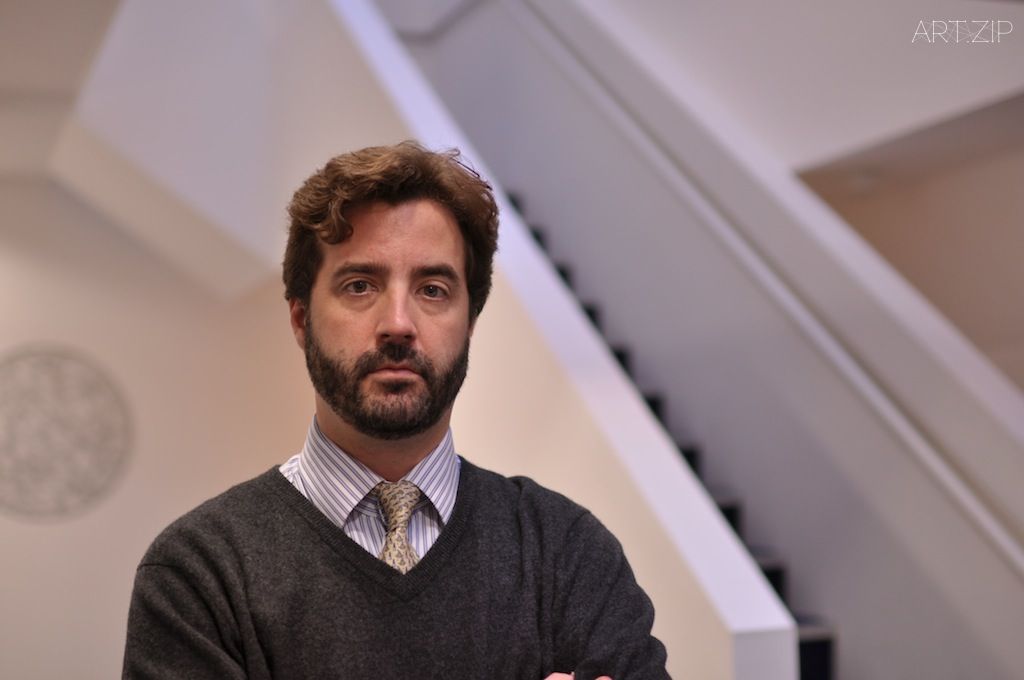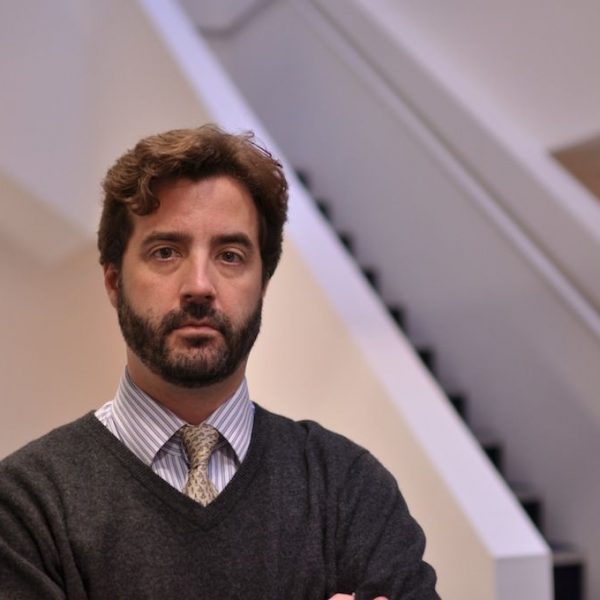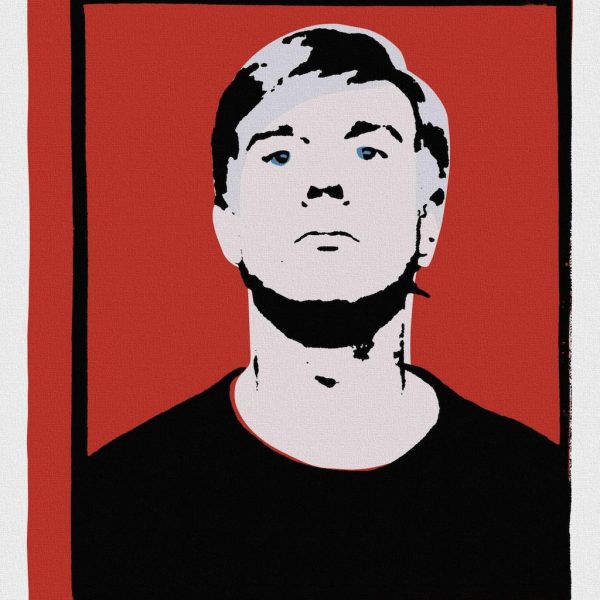
Once an artwork circulates in the public realm, the authentication task is usually left to art-market professionals (dealers, curators, art historians, and appraisers) to determine, although living artists are often consulted. In practice many attributions, particularly those by institutions such as an artist’s estate or authentication committee, assume such authority in the art market that an artwork cannot be ascribed authorship or sold without them. Consider the role of the Wildenstein family in the authentication of Impressionist works (7) or the control of the Andy Warhol Authentication Board over the eponymous Pop artist’s oeuvre (8). Yet how is the authority of such decisions to be challenged?
The criteria by which art-market professionals authenticate artworks are both transparent and opaque (9). They typically assess authorship through various techniques, such as examining the artwork’s provenance (ownership and exhibition history) and conducting scientific analysis including carbon-dating of materials and signature verification. Experts also rely on critical documentation like monographs, exhibition/auction catalogues, and above all the artist’s catalogue raisonné, usually compiled in collaboration with the artist or estate. If an artwork does not feature in the artist’s catalogue raisonné, there is a strong presumption that authorship cannot be ascribed. Consider, for instance, the definitive role of Christian Zervos’s Pablo Picasso catalogue raisonné (10) in the authentication of that artist’s works.
Nevertheless the art expert’s subjective aesthetic judgment of authenticity based on a formal knowledge of an artist’s oeuvre remains fundamental to questions of attribution. Connoisseurship is closely aligned with intuition: the connoisseur’s impression of an object’s authenticity is by definition seemingly immune to rational or objective analysis. However, in many instances such judgment will prevail even when scientific evidence and the facts of provenance suggest the contrary, leaving the owner of a discredited artwork without an apparent remedy unless legal measures are sought (11).
The question of how works of art are attributed raises difficult legal issues, particularly regarding what liability is assumed by those who determine authorship. At the heart of the question lies the interface between two systems of jurisprudence, those of art and law, each with its own criteria, values, and codes. While the legal structure would seem to govern and regulate the art market like other aspects of society, the law is generally ambivalent toward intervening within the art system on questions of authenticity
At the root of this ambivalence is the belief that art is based upon subjective (aesthetic) judgment and that opinions concerning authenticity are necessarily prone to error as per Judge Evershed’s comments above. At the same time the law governs how language is used in relation to the sale and ownership of goods (for example, through the law of contract) and to the giving of advice (for example, through professional duties of care). Law does regulate the art system, and in certain situations it can provide remedies to disappointed parties.
This essay addresses three main areas of conflict within the field of authentication, along with the law’s response:
First, the falsely described artwork: What legal liability do those who falsely describe artworks assume?
Second, negative authentication: What liability do those who refuse to authenticate artworks positively, without clear criteria, assume?
Third, the withdrawal of authorship: What happens if an artist withdraws or threatens to withdraw authorship from an artwork?
As we will see, if false attribution of artworks remains a perennial issue in the art system, a new set of problems emerges, linked to the authority of the institutions that certify artworks and the artist’s potential withdrawal of authorship from the artwork. The final problem reflects major transformations in how the art system understands the categories of artist and artwork as well as their relationship over time.
To provide decisions regarding authenticity, the courts must often rely upon opinions provided by art experts who give evidence in the courtroom. The courts evaluate this evidence to decide on the balance of probabilities whether or not an artwork is authentic. In some cases the parties in a dispute may provide evidence in support of or against a particular attribution. However, how much legal determinations of authenticity impact the art market is an open question.



